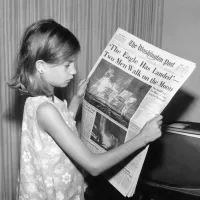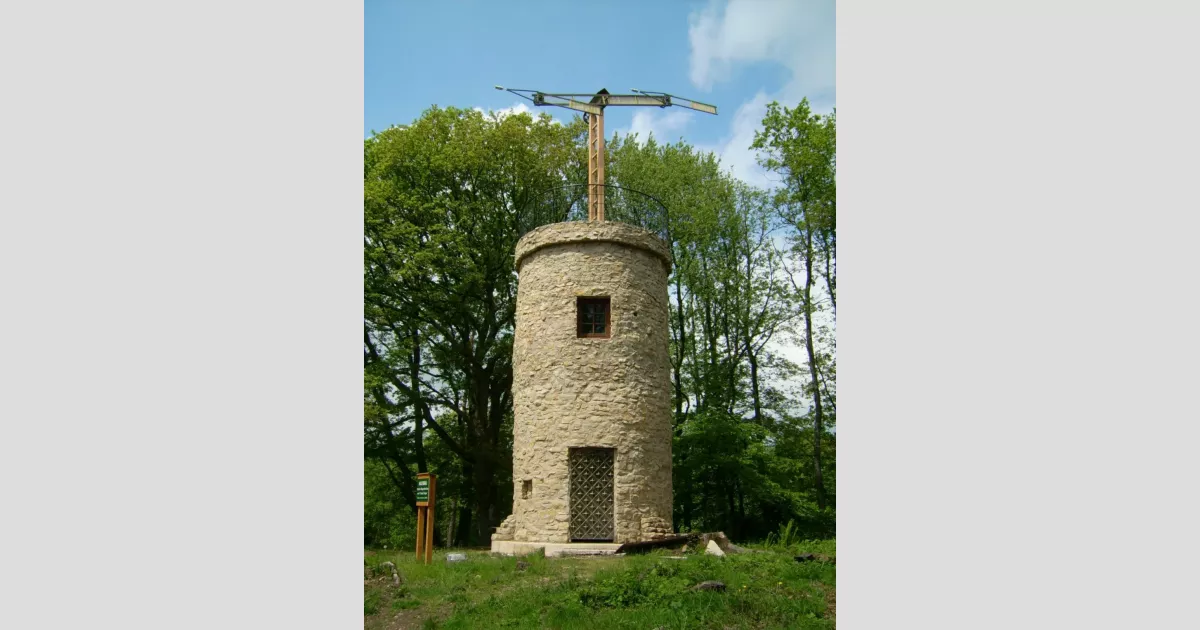Telegraphy involves transmitting messages over long distances using codes understood by both the sender and receiver. While ancient signaling systems existed, they lacked the ability to convey arbitrary text messages, unlike true telegraphs. An example of telegraphy is flag semaphore, where flags represent letters or codes. Pigeon post, on the other hand, relies on physically transporting a message and doesn't qualify as telegraphy.
1900: Invention of the Bildtelegraph
Around 1900, German physicist Arthur Korn invented the Bildtelegraph, a type of fax machine that gained significant popularity in Europe.
1900: Telegraph's Decline Becomes Evident
By 1900, the decline of the telegraph industry became increasingly apparent, despite a brief surge in popularity due to congratulatory telegrams.
1901: Marconi's Transatlantic Wireless Transmission
In 1901, Guglielmo Marconi achieved a groundbreaking feat by transmitting the first wireless signals across the Atlantic Ocean.
1901: Tesla's Wireless Power Transmission Experiments
Nikola Tesla experimented with wireless electric power transmission in 1901, attempting to use the Earth as a conductor, but his ambitious project at Wardenclyffe Tower was ultimately unsuccessful.
1902: Discovery of the Ionosphere
Further research into Marconi's long-distance radio transmissions in 1902 led to the discovery of the ionosphere, a layer in the Earth's atmosphere that reflects radio waves.
1904: Marconi's Commercial Wireless News Service
In 1904, Marconi pioneered the first commercial wireless service by transmitting nightly news summaries to ships equipped to receive them.
October 1907: First Regular Transatlantic Radio-Telegraph Service
A significant milestone in communication history was achieved on October 17, 1907, with the launch of the first regular transatlantic radio-telegraph service.
1908: Bildtelegraph's Role in Crime Fighting
The Bildtelegraph's use expanded in 1908, notably for transmitting a wanted person's photograph from Paris to London, highlighting its practical application in law enforcement.
1915: Decline of the Heliograph
Starting in 1915, the use of the heliograph for communication began to decline.
1919: Establishment of the Central Bureau for Registered Addresses
Founded in 1919, the Central Bureau for Registered Addresses in New York City aimed to address the issue of incorrect telegram deliveries.
1920: Decline of the Telegraph
By 1920, the telegraph industry began a steady decline due to competition from the telephone, which offered faster communication, and the letter post, which was more affordable.
1920: Telephone's Impact on Telegraph Decline
The growth of telephone usage, starting around 1920, significantly contributed to the decline of the telegraph industry, as the telephone offered a faster and more convenient way to communicate.
1923: British Dominance in Submarine Cable Systems
Despite some setbacks, British companies still controlled a significant 42.7 percent of the world's submarine cables in 1923, demonstrating their continued influence in global communication.
1926: Telex Development Begins
The development of Telex, a revolutionary public switched network of teleprinters, began in Germany in 1926.
1929: Invention of the Hellschreiber
Rudolf Hell invented the Hellschreiber, a mechanical image scanning and transmission device, in 1929, which became a major competitor to earlier fax machines.
1929: Peak of Telegram Usage
The year 1929 marked the peak of telegram usage, with an estimated 200 million telegrams sent, highlighting their importance in communication despite the rise of newer technologies.
1933: Telex Becomes Operational
In 1933, Telex became an operational service in Germany under the Reichspost, the German imperial postal service.
1934: Success of the Central Bureau for Registered Addresses
By 1934, the Central Bureau for Registered Addresses had achieved considerable success, with 28,000 registered codes for telegram addresses, indicating a demand for reliable message delivery.
1950: Average Telegram Length in the UK
Studies show that before 1950, the average telegram sent in the UK was concise, with a length of 14.6 words or 78.8 characters.
July 1957: Telex Introduction in Canada
Telex, a network of teleprinters, was introduced in Canada in July 1957, marking a significant advancement in text-based communication.
1958: Telex Introduction in the United States
Following its success in Canada, Telex was introduced in the United States in 1958, expanding its reach and transforming business communication.
1963: Introduction of ASCII
The American Standards Association introduced ASCII, a seven-bit code, in 1963, which greatly improved Telex by supporting more characters, including upper and lowercase.
Mentioned in this timeline

A submarine is a watercraft capable of independent operation underwater...
Germany officially the Federal Republic of Germany is a Western...

News encompasses information about current events disseminated through various media...
Canada is a North American country the second largest in...

A desert is a landscape characterized by minimal precipitation leading...

War is defined as an armed conflict involving the organized...
Trending
7 months ago US Considers Revoking Visas for Chinese Students, Sparking Anxiety and Anger.

27 days ago Kristen Stewart's Bold Fashion Choice and Maverick Award Acceptance Speech Spark Interest.

1 month ago Tom Hardy's Spy Thriller overtaken by 'Now You See Me' at Box Office.

1 month ago Gable Steveson scores another knockout, continuing dominance in MMA with rapid wins.

5 months ago Naomi Osaka advances in Montreal as Pegula is upset by Sevastova.

5 months ago Robert Downey Jr.'s Cold Brew Debuts Exclusively at Texas Costcos: A Coffee Launch.
Popular

Stranger Things created by the Duffer Brothers is a popular...

XXXTentacion born Jahseh Dwayne Ricardo Onfroy was a controversial yet...

Candace Owens is an American conservative political commentator and author...
Turning Point USA TPUSA is an American nonprofit organization founded...

Melania Trump a Slovenian-American former model has served as First...

Bernie Sanders is a prominent American politician currently serving as...
